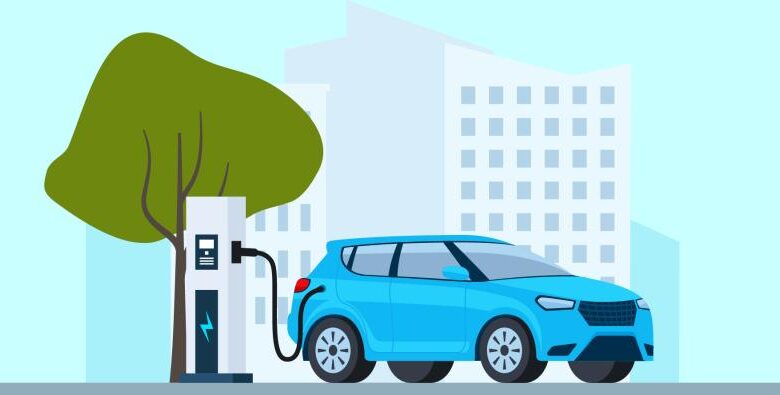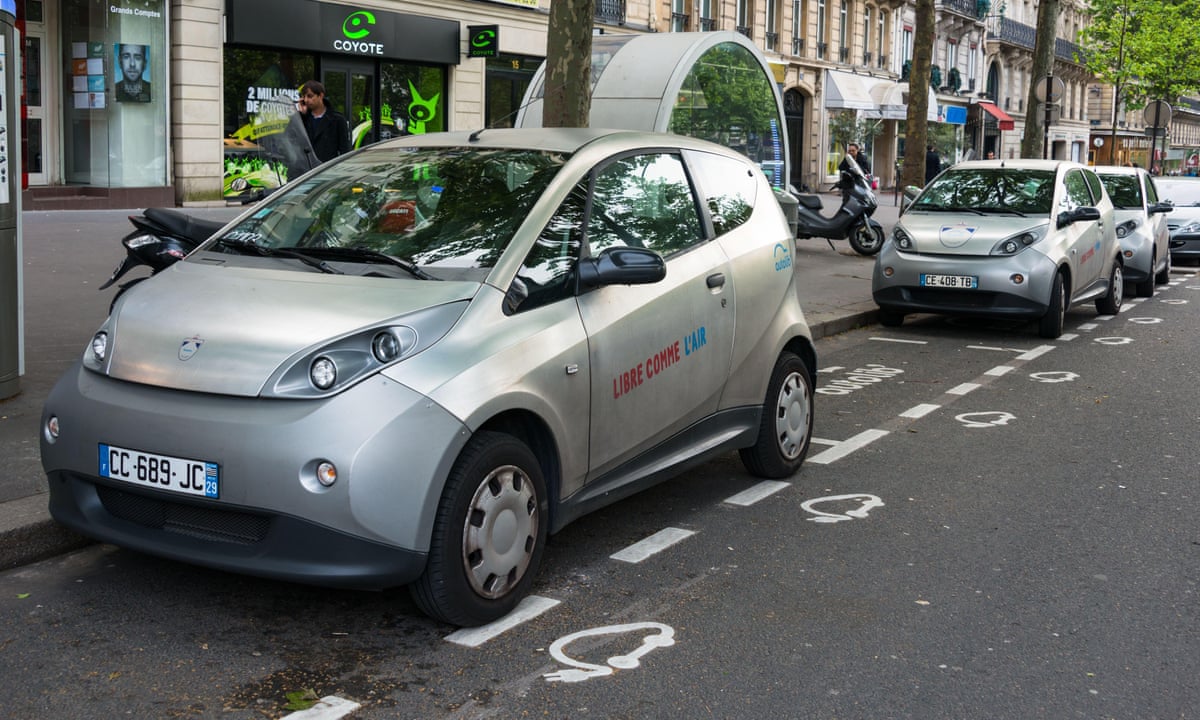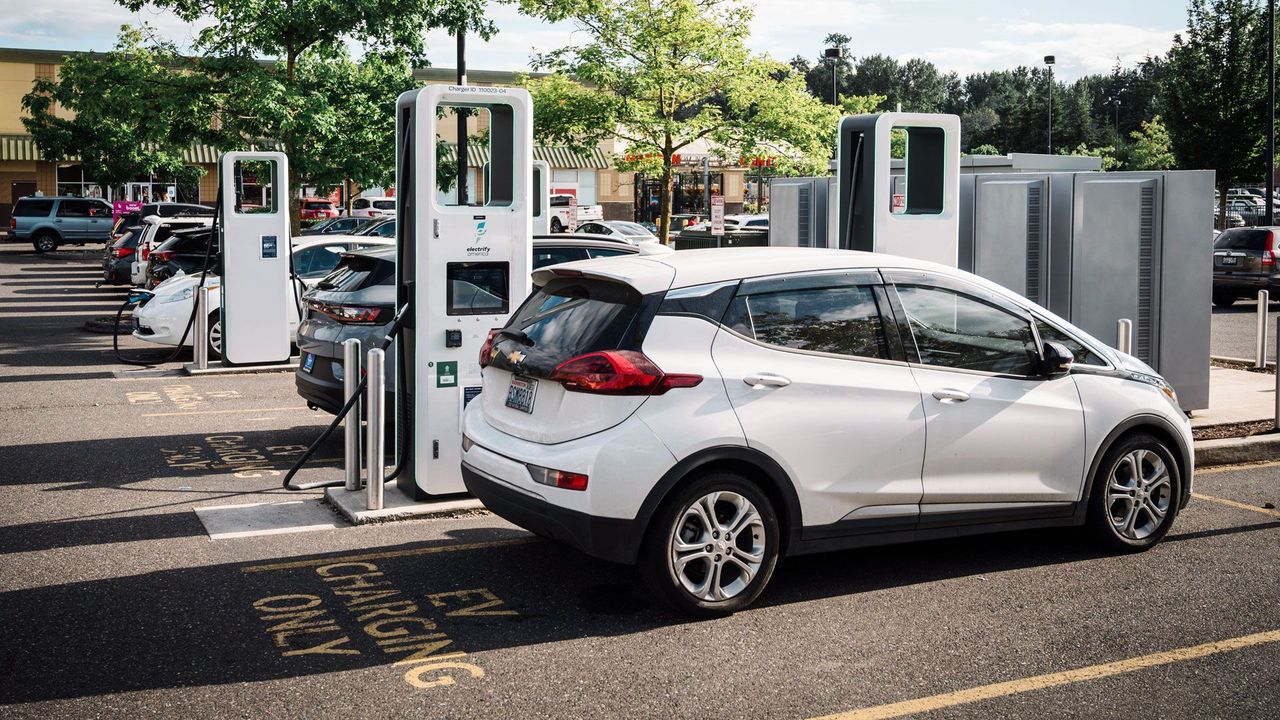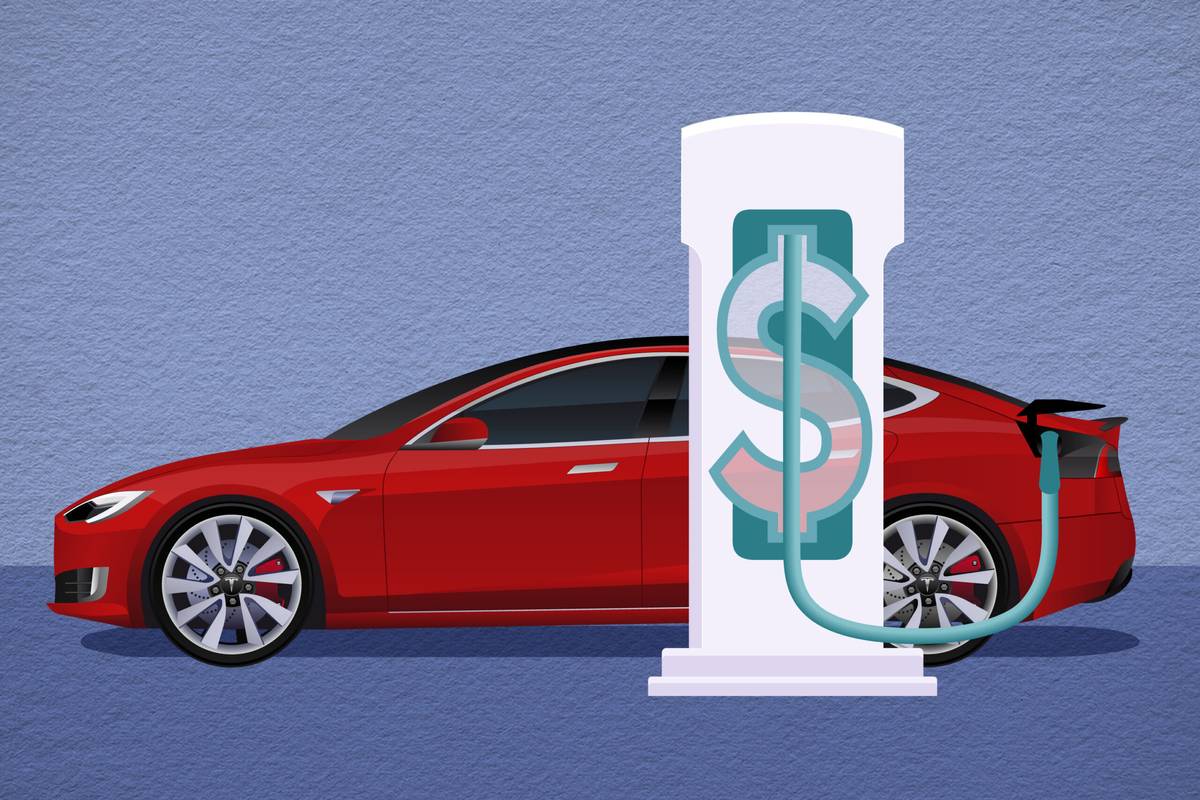Your EV’s Hidden Financial Roadblocks and Taxes


The electric vehicle (EV) revolution is in full swing. Showrooms gleam with silent, futuristic cars promising a cleaner conscience and freedom from the gas pump. Governments worldwide offer enticing incentives, and the driving experience is often described as thrillingly smooth. It’s easy to see the appeal. However, beneath this glossy surface of environmental benefits and technological advancement lies a more complex financial landscape that every potential and current EV owner must navigate. The transition from internal combustion engine (ICE) ownership to electric propulsion involves a fundamental shift in how we pay for our road usage. This comprehensive guide will illuminate the hidden financial roadblocks and emerging tax burdens associated with EV ownership, empowering you to make a fully informed decision and avoid unexpected costs down the road.
A. The Shifting Landscape: Why Gas Taxes Are Becoming Obsolete
To understand the new financial challenges facing EV owners, we must first look at the old system it is replacing. For decades, the primary source of funding for the construction, maintenance, and repair of public roads in the United States and many other countries has been the gas tax. This is a per-gallon tax levied on gasoline and diesel fuel.
A. The Simple Mechanics of the Gas Tax: Every time a driver fills up their tank, they contribute a small amount directly to state and federal highway trust funds. The system is elegantly simple: the more you drive, the more gas you burn, and the more you contribute to the upkeep of the infrastructure you use. It functions as a quasi-user fee.
B. The Inevitable Decline of Gas Tax Revenue: This century-old model is now facing a dual crisis. First, vehicles are becoming significantly more fuel-efficient. A modern ICE car travels far more miles on a gallon of gas than its counterpart from 20 years ago. Second, and more critically, is the rapid adoption of fully electric vehicles that consume zero gasoline. As EV adoption accelerates, the pool of drivers contributing to the gas tax shrinks, creating a massive and growing funding shortfall for vital transportation projects. This fiscal hole is the primary catalyst for the new financial impositions on EV owners.
B. The Emerging EV Tax Burden: A Detailed Breakdown
Governments are not about to let their road maintenance budgets evaporate. Consequently, they are devising new methods to ensure EV drivers pay their fair share. These new costs often come as a surprise to owners who were initially attracted by the promise of lower operating expenses.
A. Electric Vehicle Registration Fees: The Most Common Levy
The most widespread form of EV-specific taxation is a supplemental annual registration fee. All vehicle owners pay a standard registration fee, but EV owners are now required to pay an additional, often significantly higher, amount.
-
The Rationale: States argue that this fee is a substitute for the gas taxes the EV owner does not pay. It is designed to create a stable, predictable revenue stream.
-
The Financial Impact: These fees are not trivial. As of 2024, many states have implemented annual fees ranging from $100 to over $300. For example:
-
Georgia: Charges a $210.75 annual registration fee for non-commercial EVs.
-
Ohio: EV owners pay a $200 annual fee.
-
Texas: New legislation introduced a $200 annual fee for EVs and a higher fee for electric trucks.
-
Washington: EV owners pay a $225 annual fee in addition to the standard registration.
-
-
The Fairness Debate: Critics argue that these flat fees are often regressive. They don’t account for how much the vehicle is actually driven. A retiree who drives their EV 3,000 miles a year pays the same fee as a salesperson who drives 30,000 miles. Furthermore, when compared to the average gas tax paid by efficient ICE vehicles, these flat fees can sometimes be higher, effectively penalizing EV owners.
B. Road Usage Charge (RUC) Programs: The Mileage-Based Future
Recognizing the bluntness of flat registration fees, many transportation experts and policymakers see Road Usage Charges (RUCs), also known as Vehicle Miles Traveled (VMT) taxes, as the most equitable long-term solution.
-
How RUCs Work: Instead of a flat fee, drivers would pay a tax based on the number of miles they drive. For instance, a rate might be set at 1.5 to 2.5 cents per mile.
-
Implementation Models:
-
Manual Odometer Readings: The simplest method, where owners self-report their odometer mileage during annual registration renewal.
-
Advanced Telematics: More sophisticated programs, like the one piloted in Utah (the “Road Usage Charge Program”), use a small plug-in device or a smartphone app that tracks miles driven. These systems often include privacy protections and can even offer functionality like distinguishing between in-state and out-of-state miles.
-
-
Advantages and Challenges: RUCs are arguably the fairest system—you pay for what you use. However, they raise significant concerns about privacy and the administrative cost of implementing a entirely new, complex tracking and collection system on a national scale.

C. The “Electrification Premium” on Electricity
A more subtle and potential future tax is the direct taxation of electricity used for vehicle charging. While home electricity is currently taxed through standard sales tax in some jurisdictions, a specific “EV charging tax” could be levied.
-
Public Charging Stations: Many states are already applying special taxes to electricity sold at public DC fast-charging stations, treating it similarly to a retail fuel sale.
-
Home Charging Dilemma: Taxing electricity at home is far more challenging. It would require the installation of a separate meter for the EV charger to distinguish vehicle electricity from household use, adding cost and complexity. While not widespread yet, it is a concept that utility commissions and legislatures are actively discussing as a way to capture lost revenue.
D. The Expiration of Federal and State Tax Credits
While not a tax, the phase-out of purchase incentives is a significant financial headwind. The U.S. federal government offers a tax credit of up to $7,500 for new EVs, but this credit is subject to manufacturing and sourcing requirements that have made many models ineligible. Furthermore, once a manufacturer sells 200,000 qualifying vehicles, the credit begins to phase out for their models (as seen with Tesla and General Motors). Many state-level rebates and tax credits are also one-time offers that are expiring or being scaled back as EV adoption grows. The loss of these incentives effectively increases the upfront cost of EV ownership.
C. Beyond Taxes: Other Hidden Costs of EV Ownership
The tax burden is only one part of the hidden financial picture. Prospective owners must also factor in several other costs that are often overlooked in the initial excitement.
A. The Sticker Shock of Insurance
Insurance premiums for EVs are consistently 15-30% higher on average than for comparable ICE vehicles. The reasons are multifaceted:
-
Higher Repair Costs: EVs often have specialized, expensive parts, particularly their battery packs. Repairs require certified technicians, and the complex sensor suites and aluminum bodies used in many models drive up collision repair bills.
-
Accelerated Performance: The instant torque of electric motors can lead to faster acceleration, which insurers statistically correlate with a higher risk of accidents.
B. The Inevitability of Tire Wear
EVs are significantly heavier than their ICE counterparts due to the massive battery pack. This extra weight, combined with the instant high torque, leads to accelerated tire wear. EV owners can expect to replace their tires more frequently, adding a recurring maintenance cost.
C. The Home Charging Infrastructure Investment
While charging at home is far cheaper than fueling with gasoline, it is not free. To enable convenient and faster charging, most owners opt to install a Level 2 (240-volt) charging station in their garage. The combined cost of the charging hardware ($500 – $1,200) and professional installation (which can range from $500 to $2,000+ depending on electrical panel upgrades) represents a significant upfront investment.
D. The Future Cost of Battery Degradation
While most EV batteries are covered by long warranties (typically 8 years/100,000 miles), the reality is that all batteries degrade over time. An out-of-warranty battery replacement is a catastrophic financial event, often costing $10,000 to $20,000 or more. While this may not affect the first owner, it significantly impacts the long-term resale value and total cost of ownership.
D. A Balanced Perspective: Calculating Your True Total Cost of Ownership
Despite these hidden costs, EVs can still be financially advantageous. The key is to perform a detailed, personalized Total Cost of Ownership (TCO) analysis.
A. The Savings Side of the Equation:
-
Fuel Costs: Electricity is almost always cheaper than gasoline on a per-mile basis. The savings can be substantial, especially if you have access to off-peak charging rates.
-
Maintenance Savings: EVs have far fewer moving parts. There are no oil changes, spark plugs, timing belts, or transmission fluid to replace. This can save hundreds of dollars per year in routine maintenance.
-
State Incentives: Some states still offer perks like HOV lane access, reduced tolls, or additional tax credits, which have tangible financial value.
B. How to Perform a Personal TCO Analysis:
-
Research Your State’s EV Fees: Determine the exact annual registration fee and any other applicable taxes.
-
Compare Insurance Quotes: Get detailed insurance quotes for both the EV and a comparable ICE vehicle before you buy.
-
Calculate Energy Costs: Estimate your monthly mileage and calculate the cost to charge an EV versus fueling an ICE car using your local electricity and gas rates.
-
Factor in All Costs: Include the purchase price (minus any available incentives), estimated financing costs, insurance, taxes/fees, maintenance, and tire replacement over a 5-7 year period.
Conclusion: An Informed Journey is a Smoother Ride
The transition to electric mobility is inevitable and brings with it profound environmental and technological benefits. However, it is not a financial panacea. The hidden tax burden, in the form of elevated registration fees and the looming specter of mileage-based taxes, is a direct and logical response to the erosion of the gas tax. When combined with higher insurance, tire wear, and infrastructure costs, the economic picture becomes more nuanced.
Prospective EV owners must look beyond the allure of zero tailpipe emissions and do their financial homework. By understanding these emerging costs and performing a rigorous total cost of ownership analysis, you can transition to an electric future with your eyes wide open, ensuring that your journey is not just clean and quiet, but also financially sustainable.
Tags: electric vehicle tax, EV registration fee, road usage charge, cost of owning EV, hidden EV costs, EV vs gas car cost, mileage tax, VMT tax, EV insurance cost, EV total cost of ownership
Category: Automotive






